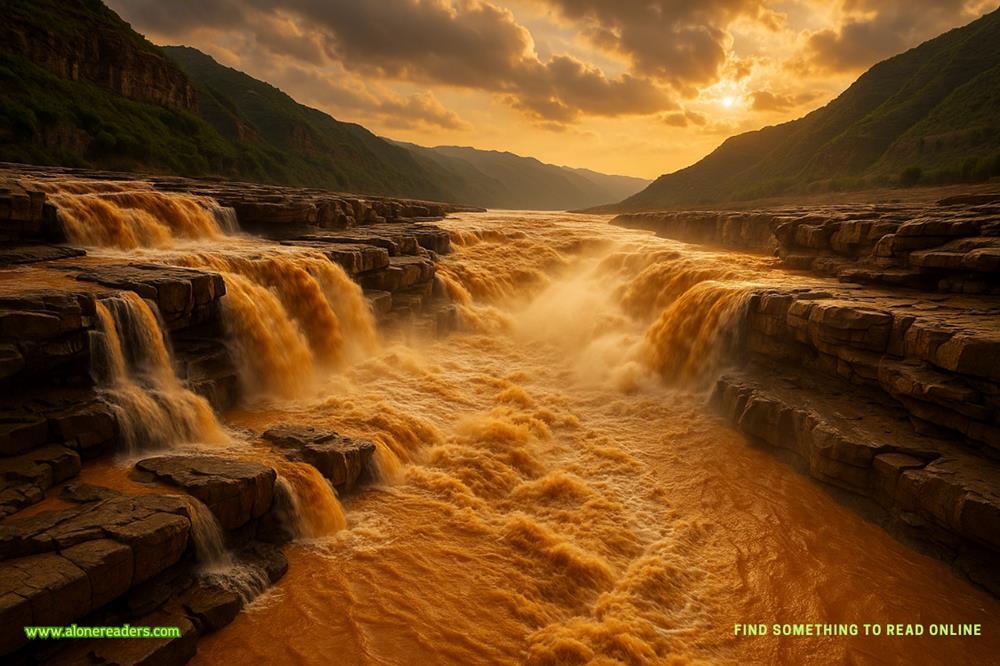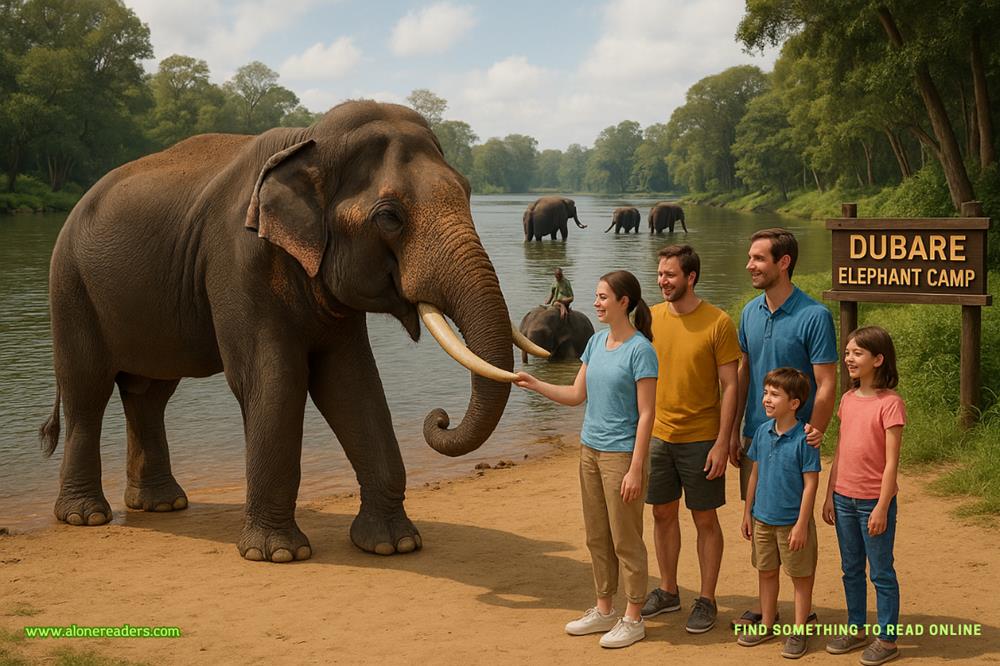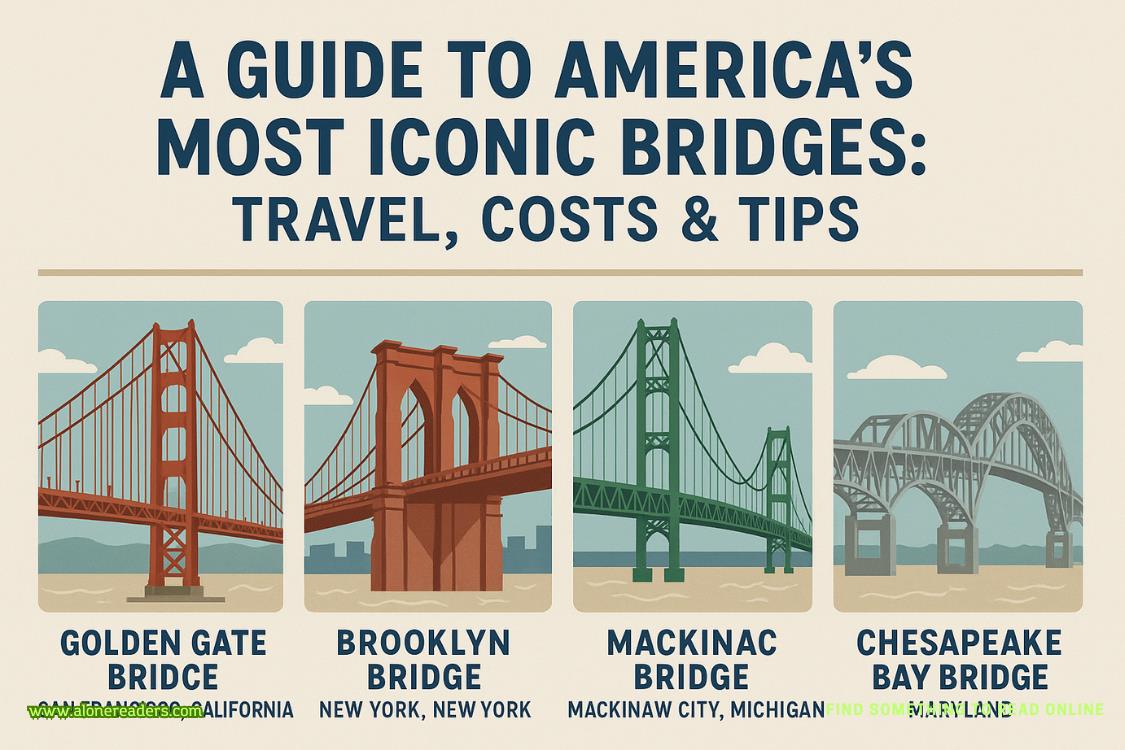One of the teenagers put down their phone. “No such thing.”
Sullivan shrugged. “Probably not, but the poisonous newts are cool.”
Two children who’d been trying to remove each other’s eyes with medieval swordplay put down their sticks.
“I heard one newt could kill seven men,” one of them said.
“I guess if seven men shared one on a sandwich,” Sullivan said.
Kia watched from the top of Old Girl, amused.
“Ewww,” one of the tweens groaned from beneath chin-length purple bangs.
“But we’re not going to eat them, because they’re so cute,” Sullivan said.
Another pack of children had gathered in Sullivan’s orbit. She explained something Kia couldn’t hear. The children’s eyes went wide.
Kia heard Sullivan say, “You want to see? Go ask whichever adult is responsible for making sure you’re not eaten by bears if you can go on a nature walk.”
“So there are bears!” Kia called out from the top of the RV.
“It’s a figure of speech.” Sullivan didn’t turn around, but Kia could hear a teasing look in her voice.
“Making sure you’re not eaten by bearsisnota figure of speech,” Kia called.
“It takes a village to keep us safe from bears,” the smallest child proclaimed in a high voice.
“That it does.” Sullivan patted the child’s blond head. “Everyone back here in ten minutes. Can you little monsters tell time?”
All the children flashed cell phones.
“I despair for you.” Sullivan threw her arm dramatically over her eyes, but a moment later the kids were back, including the sullen tweens, and Sullivan was showing them how to use the food setting on their cameras to photograph close-ups.
“Every single thing in the forest is magical. You just have to look closely enough. But remember, look with your real eyes first. There’s no filter that’s ever going to be as beautiful as this moment.”
The kids started listing filters that might contradict Sullivan’s declaration.
“Indio Glow?”
“Lo Fi?”
“Sedona?”
“Nope. Nope. Nope,” Sullivan said. They were still standing in the middle of the campground surrounded by people unpackingtents, but Sullivan held the children’s attention. She knelt down and pulled a piece of moss so small Kia only knew it was moss because she heard Sullivan tell the children that it was.
Sullivan’s camping clothes matched everyone else’s: hiking boots in earth tones and Patagonia microfiber. But somehow Sullivan looked cooler than the other campers. She looked like she had in school: confident, cocky, profoundly in her element.
“Now look closely,” she said to the children. “Really look. See the little stalks? Those are like moss flowers. And here, the green part, imagine you were a tiny, tiny fairy and this was your whole world. And did you know that all the trees around us talk to each other? I’m serious. Guess how they do it?”
The children guessed, and she said no to all of them but not like a stern teacher telling them they were wrong. She was a magician delighting them with the mystery.
Finally, she said, “The trees are connected by a giant, underground mushroom, it’s not like the kind you eat. It’s like the internet. Except it’s real! Let’s go see the forest.”
Kia was on the ground before Sullivan took ten steps.
“Wait, Sullivan.”
Sullivan’s smile was sunlight coming over a mountain.















